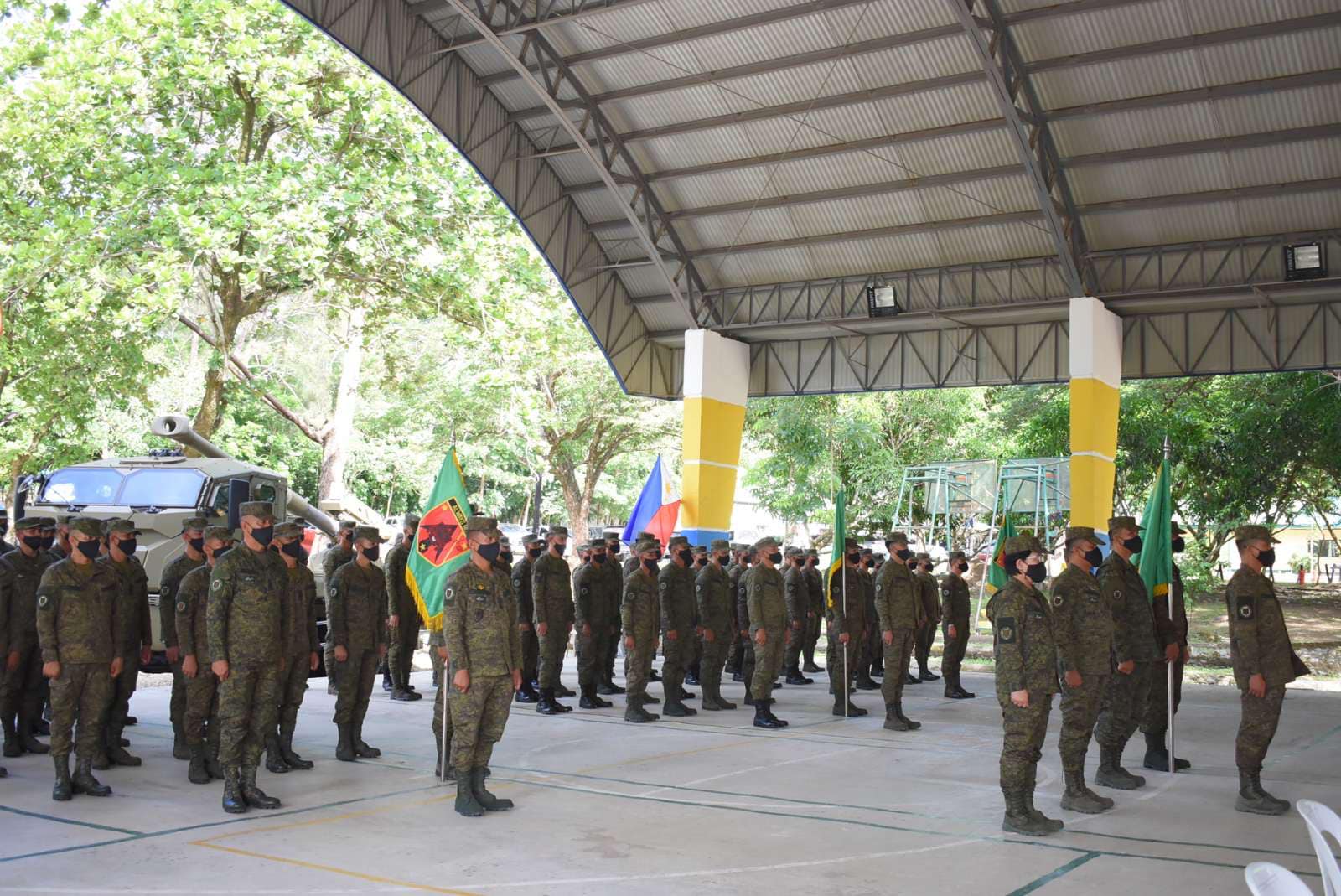
Can Russia and China unseat the Dollar from its throne?
by Sauradeep Bag
Although the dollar continues to be the dominant global currency, Russia and China could dent this dominance. In the aftermath of global financial exclusion, Russia has had to make some strategic adaptations. The West’s sanctions had crippling consequences, and the Kremlin scrambled to find alternatives. In light of these developments, China became an important ally, and the Yuan—its currency—has taken on a more prominent role. It is telling that in Russia, the yuan has surpassed the United States Dollar (USD) in trading volume, a feat achieved a year after the Ukraine conflict, which triggered a series of sanctions against Moscow. As Russia and China band together, one wonders what other shifts will take place and how they will shape the future. Change is afoot, and the Russian market bears witness. The month of February saw a watershed moment as the yuan surged past the dollar in monthly trading volume for the first time. The momentum continued into March as the gap between the two currencies widened, showcasing the growing sway of the yuan. It’s an impressive feat, considering that the yuan’s trading volume on the Russian market was once quite insignificant. The winds of change blew through Russia’s financial system as the year progressed. Additional sanctions had taken their toll on the few remaining banks that still held power to make cross-border transactions in the currencies of countries that had been deemed “unfriendly” by the Kremlin. One such bank was Raiffeisen Bank International AG, whose Russian branch played a significant role in facilitating international payments within the country. However, the lender found itself under the watchful eye of both European and US authorities, which only added to the pressure. These events spurred the Kremlin and Russian companies to shift their foreign-trade transactions to currencies of countries that had not imposed sanctions.Converging coalitionsThe bond between Russia and China is growing stronger, with both nations seeking to bolster their positions on the global stage. Their alliance has spread across various spheres: military, economic, and political. With relations between Russia and the West crumbling, China has emerged as a key partner for Russia, providing it with the necessary support to counter economic and political pressure. On the other hand, China is keen on expanding its global reach, especially in the Eurasian region, and sees Russia as an important ally in this regard. President Xi Jinping’s recent visit to Moscow and his pledge to expand cooperation are likely to take this partnership to greater heights. Trade and investment ties are set to grow stronger, with both nations seeking to reduce their dependence on Western economies. Russia’s focus on infrastructure development and mega projects is also likely to benefit from China’s expertise in these areas. Energy is another significant area of collaboration, with Russia being a leading exporter of oil and gas and China being the world’s largest importer of these resources. Technology is also an essential domain, with both countries investing heavily in research and development to remain competitive in the global economy. While the alliance between Russia and China will likely have far-reaching geopolitical consequences, it is a complicated relationship with both nations pursuing their interests, even as they work towards common goals. As a result of Western sanctions, Russia has shifted its foreign trade transactions away from the dollar and euro to currencies of non-restricted countries. By doing so, the Kremlin and Russian companies hope to decrease their dependence on the Western financial system and explore new avenues for conducting their trade and economic activities. This shift in strategy reflects Russia’s determination to maintain its economic stability despite restrictions on its access to the global financial system. It also underlines the growing importance of alternative currencies in global trade as countries strive to minimise the impact of sanctions and safeguard their economic interests.Structural overhaulsThe Russian Finance Ministry was not immune to the winds of change either. Earlier this year, it made the switch from the dollar to the yuan for its market operations. It even went a step further by devising a new structure for the national wealth fund, earmarking 60 percent of its assets for the yuan. The Bank of Russia joined the chorus, urging its people and businesses to consider moving their assets to the rouble or other currencies considered “friendly.” This would help mitigate the risk of having their funds blocked or frozen. As the world undergoes a seismic geopolitical shift, it seems Russia is moving in tandem, searching for ways to secure its economic future. However, the dollar still reigns supreme in the Russian market. Even with all the changes taking place, it remains the most widely used currency, ceding its throne only occasionally to the yuan. This underscores the enduring dominance of the dollar, which has played a significant role in Russia’s financial landscape for years. However, as the world continues to evolve, one wonders how long it can hold on to its crown.









